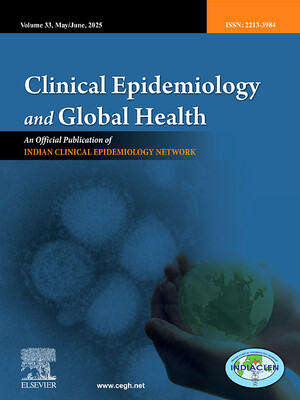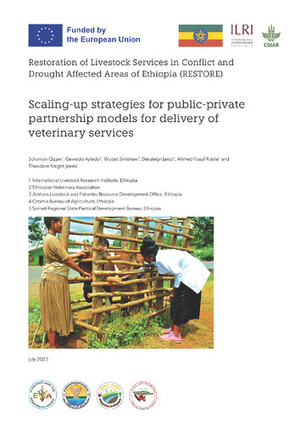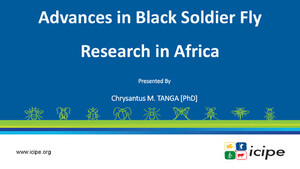
In search of a new tool for phenotyping tick resistance in cattle
Abstract
Ticks and tick borne diseases cause significant loss in livestock production with about 80% world's cattle at risk. The cost of chemical control is high and there is an ever increasing tick resistance to chemicals. Genetic selection as alternative long term control strategy is constrained by laborious phenotyping using tick counts or scores. This study explores the use of host volatile semiochemicals that may be attractants or repellents to ticks as a novel phenotype with potential to be used as a proxy in selection programmes. About a 100 young cattle composed of Bos indicus and Bos taurus were artificially infested with 2,500 R. decoloratus larvae with daily female ticks (4.5 mm) counts taken from day 20 post infection. Volatile compounds we sampled before and after tick infestation. We identified three pre-infestation volatile compounds that were associated with tick resistance (P-value<0.01) and one post infestation (P-value<0.05) using 6 day repeated measure analysis. The high correlation coefficients (r=0.66) between repeated records with all volatile compounds support the potential predictive value for volatile compounds in selective breeding programmes for tick resistance in cattle.
Citation
Matika, O., Foster, S., Githaka, N., Mwendia, C., Brown, H., Watson, K., Djikeng, A. and Birkett, M. 2023. In search of a new tool for phenotyping tick resistance in cattle. IN: Veerkamp, R.F. and Haas, Y. de. (eds), Proceedings of the 12th World Congress on Genetics Applied to Livestock Production (WCGALP): Technical and species orientated innovations in animal breeding, and contribution of genetics to solving societal challenges. Wageningen, the Netherlands: Wageningen Academic Publishers: 410-413.










